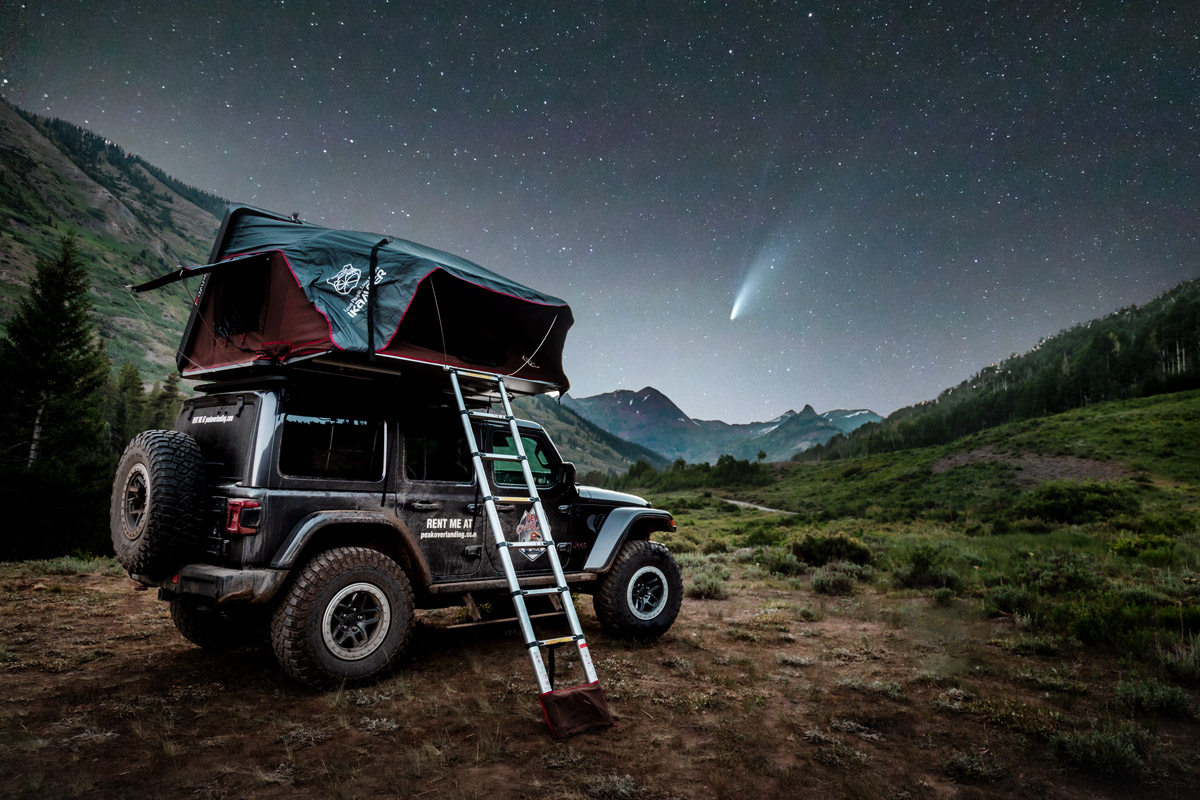Off-road camping like off-road camping in Iceland requires a lot of research and planning. Before you embark on your trip, you need to learn about weather patterns and the vehicle you will take. These activities are challenging, unpredictable, and dangerous. Make sure you know exactly what you’re getting yourself into! Listed below are some things to consider before heading off-road:

Car and truck-top tents
The car-top tent is a new off-road camping accessory in North America, but it’s popular in Australia and other places. These tents are not only convenient, but they also look pretty crazed! Just make sure that your car has a decent roof rack so that you can secure your tent. Some models have even withstood winds of up to 50 miles per hour!
Rooftop tents can be an excellent alternative to a conventional tent. These tents are easy to erect and can even be sheltered from rainy weather. However, they’re pricey–some of these models can cost more than a thousand dollars! Plus, they’re challenging to remove. They also take up space on the roof of a car, which can affect gas mileage.
Rooftop tents are also more durable than their ground-based counterparts. In addition, they protect campers from mud, sand, and critters while offering additional headroom. Rooftop tents also tend to be cheaper than other mobile homes, making them an attractive alternative for off-road camping. And unlike other mobile homes, car and truck-top tents can be transported by any vehicle.
Air down
There are several factors to consider when airing down your tires when off-road camping. The tires’ diameter, size, and weight are all critical, and you should choose the proper tire pressure based on the terrain and your driving habits. Check the manufacturer’s tire pressure chart to determine the correct pressure for your vehicle. Make sure the tires have strong sidewalls and bead locks to avoid blowouts. When it comes to tire pressure, a little less stress is better than too much.
Air down your tires when off-road camping to increase your traction. The more rubber in a tire, the less pressure it needs. When properly inflated, the tires can reach remote areas without slipping or blowing out. A blowout is a major setback during an Overlanding adventure and can leave your rig with a flat tire just 20 miles out of town. Make sure to check the tire pressure of your tires and replace them as needed.
Recovery tracks
When buying recovery tracks for off-road camping, the first thing to consider is whether the track you’re interested in is suitable for your vehicle. If you’re not sure what the track’s purpose is, read on to learn more about these products. TRED, or Total Recovery and Extraction Device, has traction cleats throughout the track and a flat bottom that can be used to shovel. Its construction is made from composite nylon for strength and durability.
Muputrax is a multipurpose recovery track that can also be used as ramps and bridging ladders. Made from industrial-grade resin, the product is soft yet durable enough for humans. They can also serve as benches and tables when used with proper support. In addition, Muputrax recovery tracks are easy to install and store in the vehicle’s boot. They can also be used to protect the vehicle’s interior.
Food storage
You may be wondering how to protect your food during off-road camping. Many parks require bear canisters or poles to hang your food in. Bears can get into these bags and eat your food, so be sure to secure the food in a bear canister or pole. Also, it is essential to remember that if you’re planning on cooking, wash your hands thoroughly and sanitize them.
The most accessible food to pack and store is dry goods. They do not require refrigeration and can last for weeks. However, they can also add a lot of weight to your storage bins. They also don’t have the same nutritional value as fresh foods, so make sure to choose food that doesn’t require refrigeration. For example, whole fruits and vegetables can be packed easily without refrigeration and won’t spoil as quickly as pre-cut fruit.